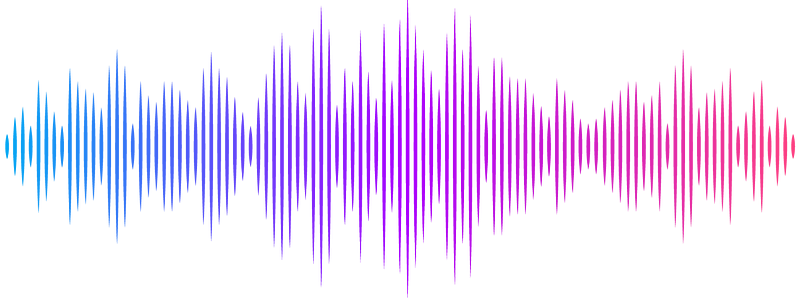Accretion Flow Properties of MAXI J1834-021 During Its Double-Outbursts In 2023

Accretion Flow Properties of MAXI J1834-021 During Its Double-Outbursts In 2023
Dipak Debnath, Hsiang-Kuang Chang
AbstractThe Galactic transient black hole candidate MAXI J1834-021 exhibited `faint' outbursting activity for approximately $10$ months following its discovery on February 5, 2023. We study the evolution of both the temporal (hard and soft band photon count rates, hardness ratios, and QPO frequencies) and spectral properties of the source using NICER data between March 7 and October 4, 2023. The outburst profile and the nature of QPOs suggest that the source underwent a mini-outburst following the primary outburst. A monotonic evolution of low-frequency QPOs from higher to lower frequencies is observed during the primary outbursting phase. Both phenomenological (diskbb plus powerlaw) and physical (Two Component Advective Flow) model fitted spectral studies suggest that during the entire epoch, the source remained in harder spectral states, with a clear dominance of nonthermal emissions from the `hot' Compton cloud. The 2023 outbursting activity of MAXI J1834$-$021 can be classified as a combination of double `failed' outbursts, as no softer spectral states were observed.